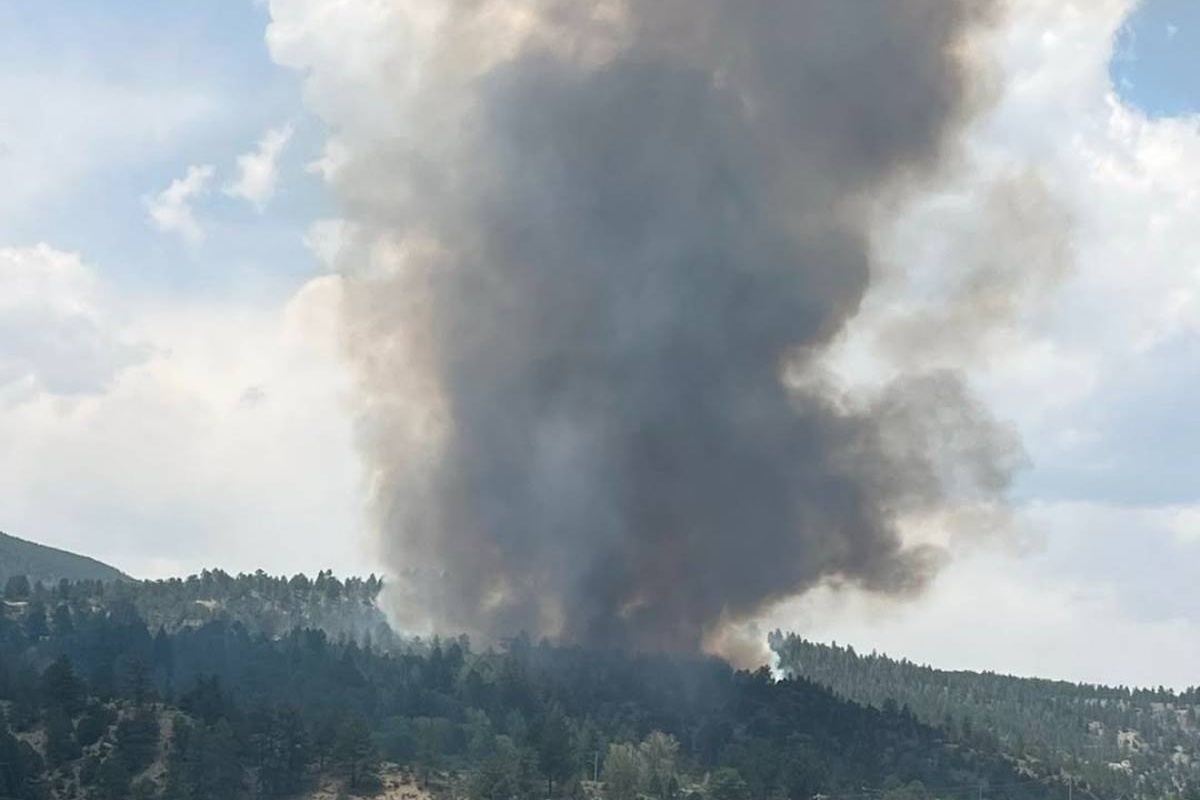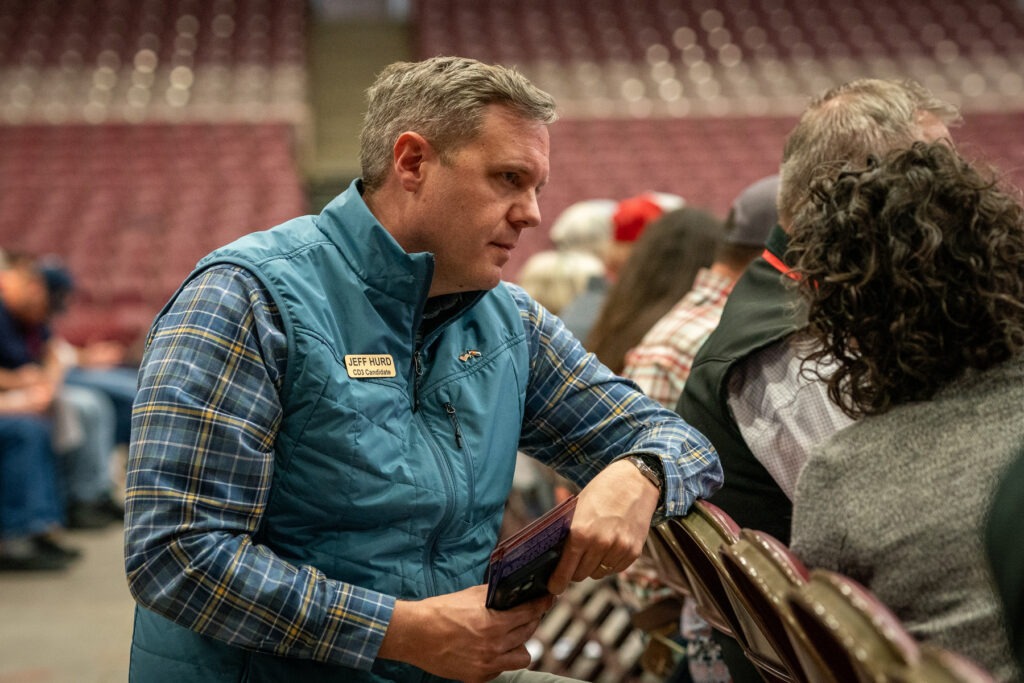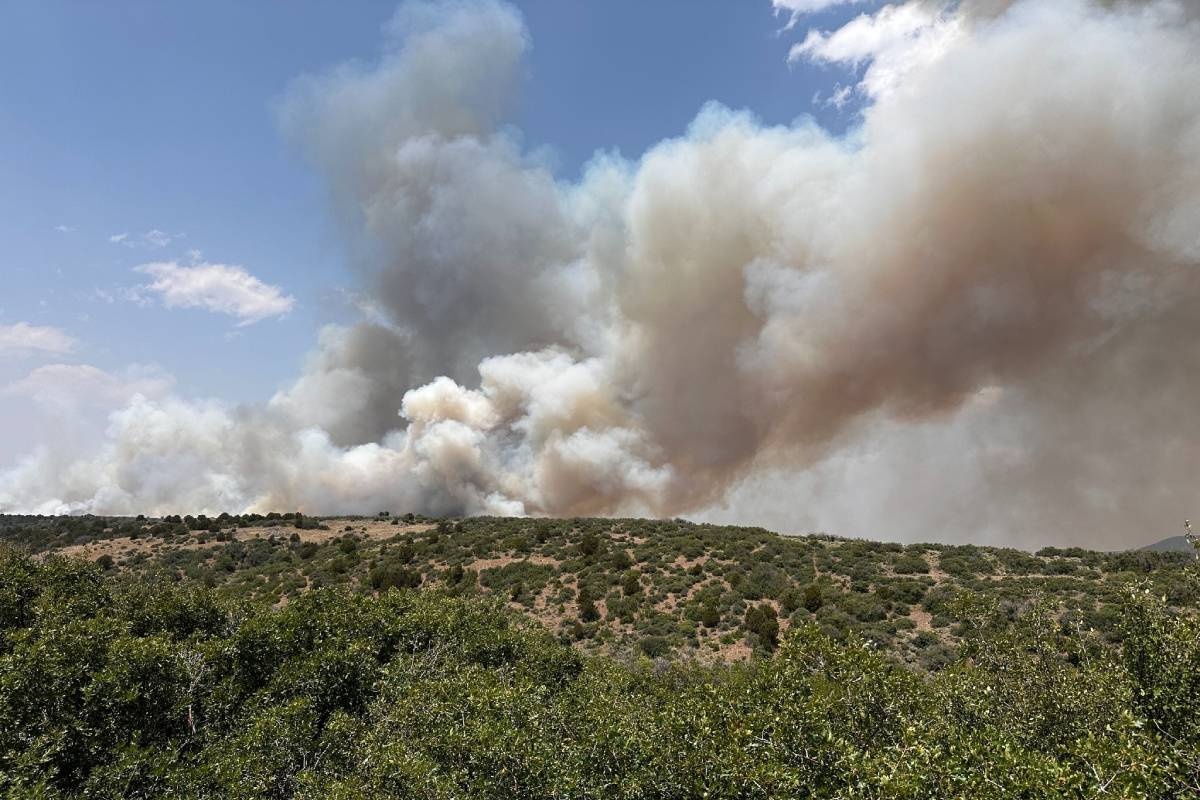
The tree lights twinkle silently on Christmas morning in our Kentucky living room. Beneath the lowest limbs, glassy-eyed baby dolls, circa 1960, lounge among piles of soft new pajamas and socks, awaiting the arms of three little girls.
I believe these are the happiest days of my mother’s life, when she sees us with our new dolls. It’s true that we asked for them, but in a roundabout way.
“What do you want Santa to bring you?” she asks.
“A football and shoulder pads,” says my older sister.
“A microphone,” says my younger sister.
“Skates,” I say.
“And do you want a doll too?” she says.
We say OK.
The early ‘60s, when we are young girls, is a golden age for baby dolls. Our mother scans the Sears catalogue for the newest dolls, buys them early and sews wardrobes for them: dresses with lace collars, velvet hats and coats. One year she chooses a doll called Baby Dear for me, newborn size with a cloth body and chubby, dimpled arms and legs. She is floppy and must be carried like a real baby. Her eyes are squinched and her thin hair is glued strand by strand across her smooth head to look natural. My mother sews her a christening gown and teaches me how to support her head in the crook of my arm. I am entertained by this briefly, then rush outside to skate down the sidewalk. My mother sits in my father’s chair, holding her, gazing at her, smoothing her thin strands of hair.
Baby Dear becomes the doll I keep forever. I never give her a name, just Baby Dear. When the seams of her torso split, my mother sews her up. Over time her hair comes unglued until finally it stands up in a small topknot at the crown of her head and one day I snip it off with scissors. She is completely bald now, and my brother calls her Tojo Yamamoto after the professional wrestler we watch on TV from Nashville on Saturdays, a bad guy who taunts the audience. I don’t care, I love her still, even if she does look like Tojo Yamamoto.
One year my sister and I get twin dolls with eyes that open and close until they snap in their sockets and stop working and their pupils aim in all directions. My brother calls them Cockeyed and Rockeyed and they scare me until my mother takes them to the doll hospital and gets their eyes fixed.
My younger sister goes for dolls that can do things. One Christmas she gets Baby First Step, a stiff doll with platinum blonde hair, droopy eyes and a pug nose. Baby First Step has a hole in her back where C-batteries are packed. When you turn her on, she makes the sound of a wind-up toy and her thick legs with molded white shoes on the ends begin to shuffle back and forth. She can walk a few steps on the smooth linoleum of the kitchen floor before she topples over. Eventually my sister gives up and stops making her walk. She’s no good for cuddling, like Baby Dear, and ends up on a shelf, forever standing.
Over the years until we are too old for baby dolls, we collect a wide variety. Tiny Tears has tight curls and a little bow mouth with a hole in it that you can squeeze water into from a bottle, then watch as the water puddles in the corners of her eyes and turns into fat tears. Betsy Wetsy operates on the same principle except the water comes out of a different orifice, soaking her tiny cloth diaper. Chatty Cathy has a plastic ring at the base of her neck and a pull string. We pull it and she says “Please take me with you,” and “I love you” and some other things, but we like to hear her say “I’m soooo sleepy,” so we pull the ring until she does and then we let her sleep. Thumbelina has a round plastic knob on her back and when you wind it up her head begins to move back and forth and her body writhes slowly. One year my little sister gets a Pebbles Flintstone doll with big brown eyes and a bone in her hair.
We stop loving dolls but my mother never does. When Christmas comes now, far across the middle distance of our lives, sometimes we give her a doll just so we can see her face when she looks into its eyes, fixed permanently on hers.
Kathryn Eastburn is the author of A Sacred Feast: Reflections of Sacred Harp Singing and Dinner on the Ground, and Simon Says: A True Story of Boys, Guns and Murder in the Rocky Mountain West. You can comment and read or listen to this column again at The Big Something at KRCC.org. “The Middle Distance” is published every Friday on The Big Something and airs each Saturday at 1 p.m. right after This American Life.









